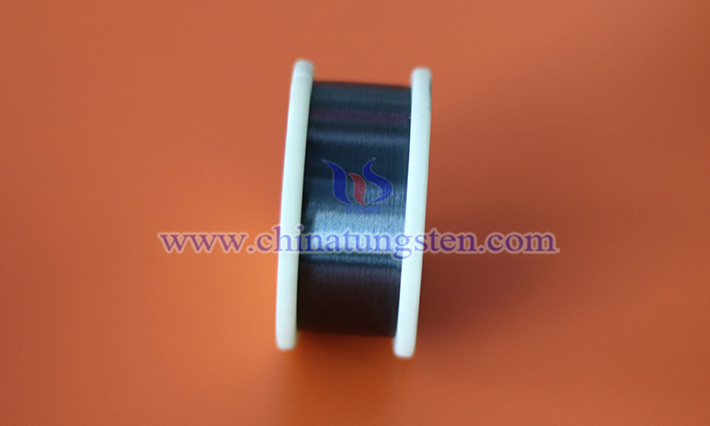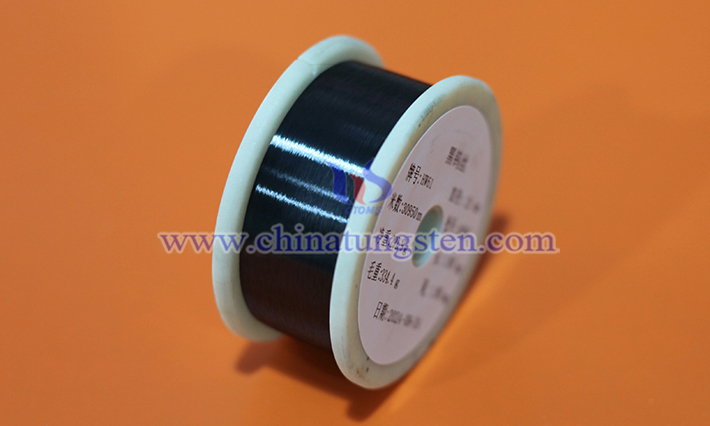Why Do Incandescent Lamps Use Tungsten wires?
- Details
- Category: Tungsten Information
- Published on Monday, 11 August 2025 19:09
Incandescent lamps are traditional lighting devices that produce light by heating the filament to a high temperature. Tungsten wires, due to their unique physical and chemical properties, are the preferred material for incandescent lamp filaments.
First, tungsten has an extremely high melting point of approximately 3422°C, making it the highest melting point of any single metallic element in nature. When an incandescent lamp is operating, the filament temperature typically must reach 2000-3000°C to produce sufficient light. Tungsten's high melting point allows it to withstand such extreme temperatures without melting or deforming, ensuring the filament's stability during long-term operation.

Second, tungsten has a low evaporation rate at high temperatures. Filaments can easily become thinner and eventually break due to evaporation of the material under high heat. However, tungsten's low evaporation rate significantly extends the life of the filament, allowing incandescent lamps to operate for hundreds of hours or even longer. This characteristic is crucial to the practicality and affordability of incandescent lamps.
Tungsten also possesses excellent mechanical strength and ductility. Tungsten wire can be drawn into extremely fine wire structures, maintaining sufficient strength even at high temperatures and resisting deformation or breakage. This allows tungsten wire to be processed into the fine spiral structure suitable for incandescent lamps while also withstanding the thermal expansion and mechanical stresses encountered during lighting.

Tungsten also possesses excellent electrical conductivity. As a filament material, tungsten efficiently conducts electrical current, rapidly heating to produce incandescent light when energized. This efficient electrical-to-thermal conversion is the core principle of incandescent light, and tungsten's electrical conductivity ensures efficient energy utilization.
Although modern lighting technologies, such as fluorescent and LED lamps, have gradually replaced incandescent lamps due to their greater energy efficiency, tungsten wire remained an irreplaceable filament material during the incandescent era due to its high melting point, low evaporation rate, excellent mechanical strength, and good electrical conductivity. Even today, tungsten wire continues to be used in certain specialized lighting devices and industrial applications, demonstrating its unique value.
- Chinatungsten Online: www.tungsten.com.cn
- CTIA GROUP LTD: en.ctia.group
- Tungsten News & Price: www.ctia.com.cn
- Molybdenum News & Price: news.molybdenum.com.cn
- Tel.: 86 592 5129696; Email: sales@chinatungsten.com



 sales@chinatungsten.com
sales@chinatungsten.com